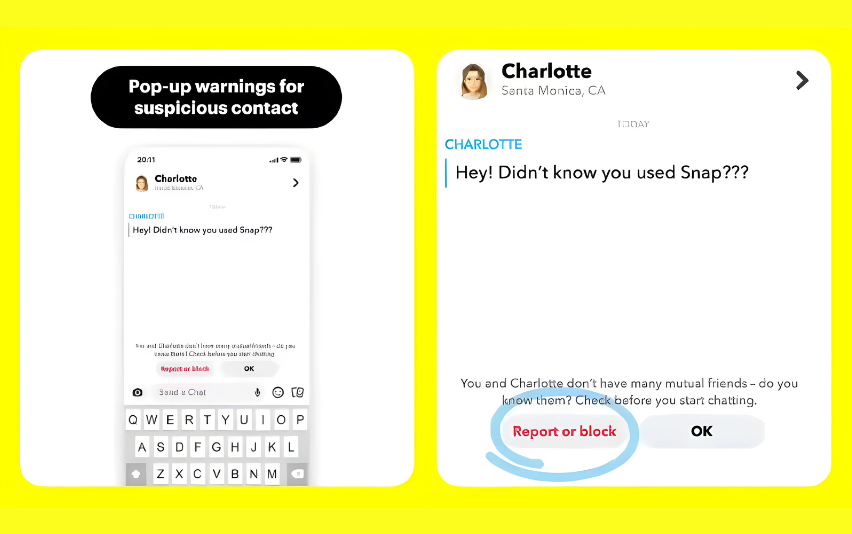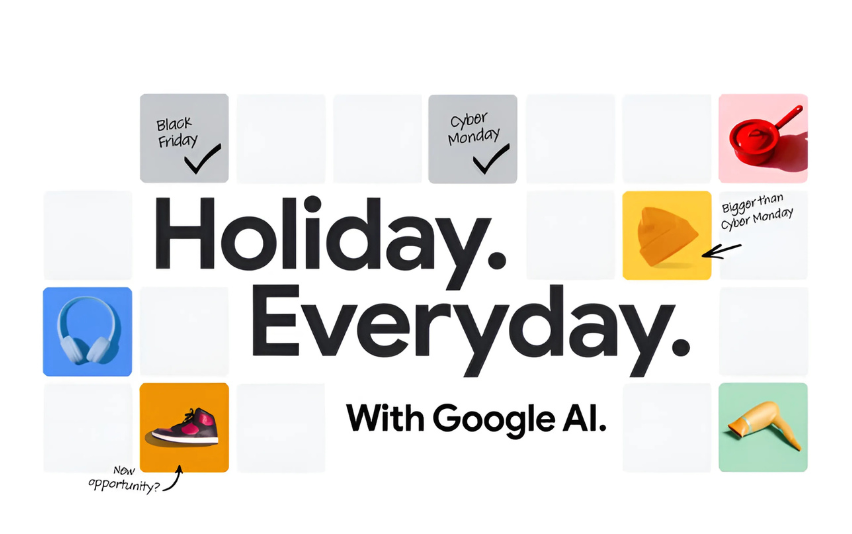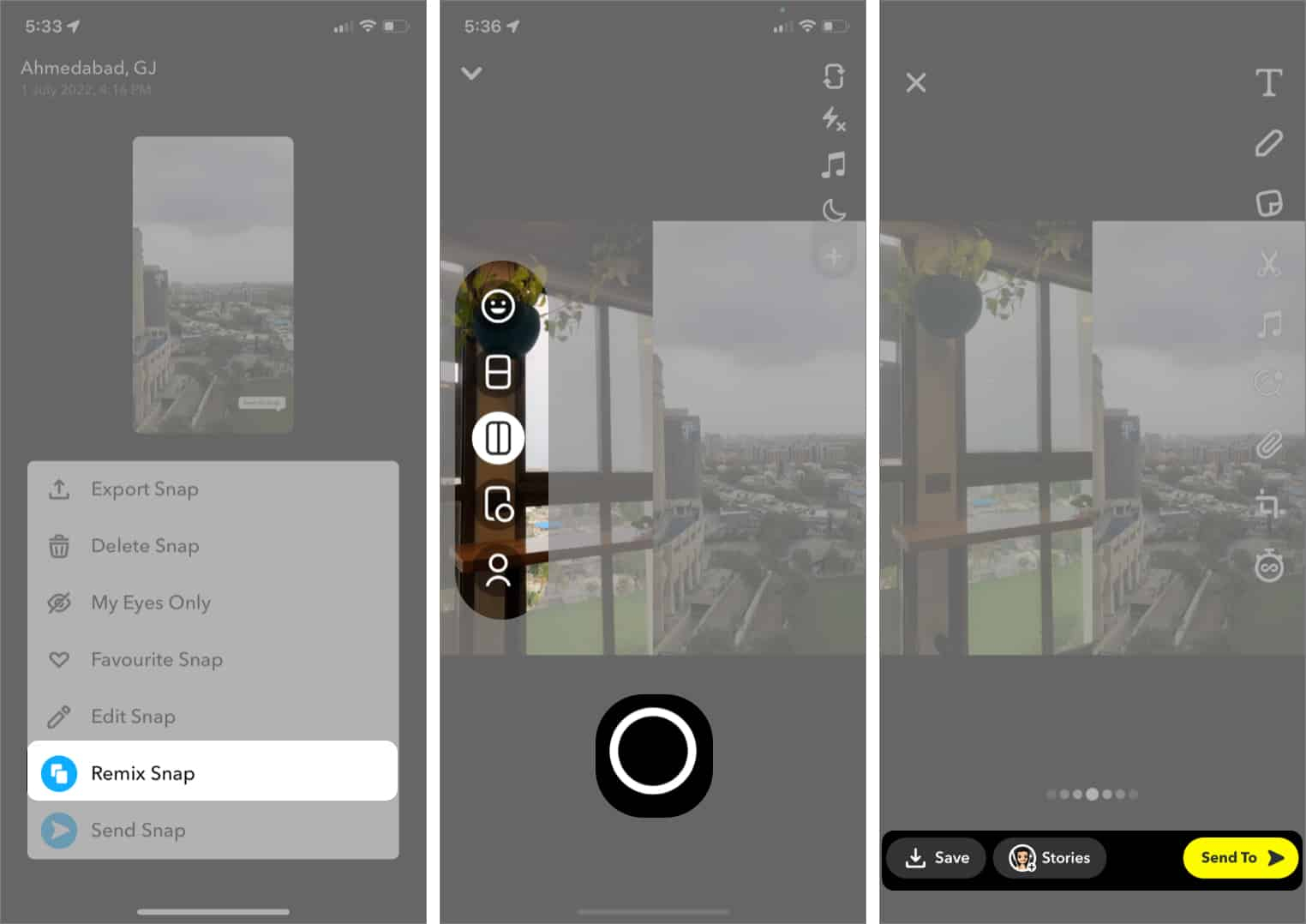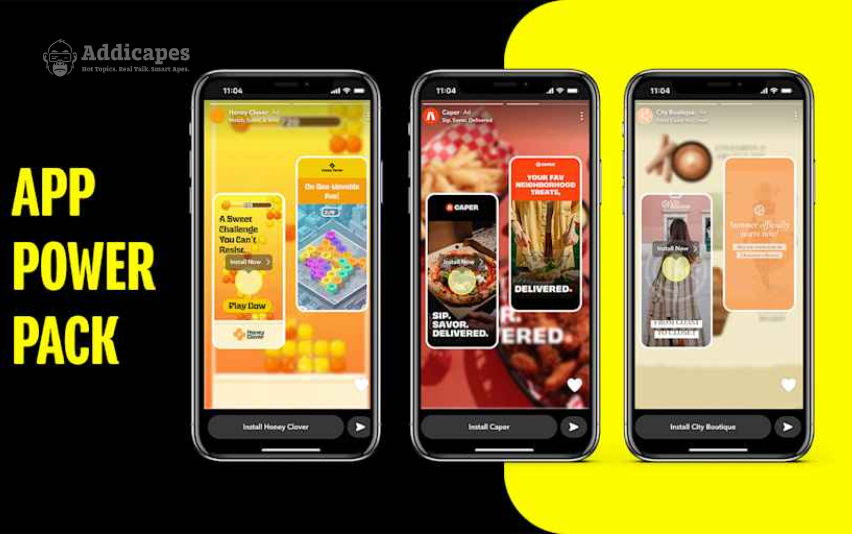Social media has become an inseparable part of teenage life. While it connects friends and encourages creativity, it also raises concerns about privacy, security, and digital well-being. Recognizing this responsibility, Snap has launched a teen digital safety program designed to educate, protect, and empower young users. This move underlines Snap’s commitment to making Snapchat a safer platform for teens while also equipping parents with better oversight tools.
In this blog, we’ll dive into what Snap’s teen safety program includes, why it matters, and how it could reshape the way teenagers interact online.
Why Digital Safety for Teens Matters
Teenagers are among the most active social media users, but they are also the most vulnerable. Online risks range from cyberbullying and exposure to inappropriate content, to oversharing personal information and falling victim to scams.
With teens spending hours daily on apps like Snapchat, Instagram, and TikTok, digital safety programs are no longer optional — they are essential. Snap’s new initiative arrives at the right time, focusing on education, parental support, and healthy usage habits.
What is Snap’s Teen Digital Safety Program?
The program is a comprehensive set of tools, resources, and features built to protect young users and guide them toward responsible social media habits. It includes:
- Parental Control Features
Parents can now monitor connections, manage friend requests, and ensure that their teen’s online environment is safer. Unlike intrusive surveillance, Snap emphasizes a balance between oversight and privacy, giving parents tools without undermining trust. - Safety Education Hub
A new section within the app provides interactive safety education modules. Teens can learn about digital footprints, safe content sharing, spotting online threats, and how to respond to cyberbullying. - Stronger Privacy Defaults
Accounts for teens are automatically set with stricter privacy — meaning limited discoverability, reduced ad targeting, and tighter controls on who can interact with them. - In-App Alerts
If a teen receives suspicious friend requests, harmful content, or unusual activity, Snap’s AI will trigger real-time alerts prompting safe action. - Partnerships with Experts
Snap is working with child safety organizations, NGOs, and educators worldwide to ensure that the program reflects the latest research in teen psychology and online behavior.
Key Features Explained
1. Parental Controls That Empower
Unlike heavy surveillance, Snap’s parental tools are about guidance, not spying. Parents can:
- See who their teen is connected to.
- Get updates on friend requests.
- Access settings to filter content.
This ensures parents are informed without intruding on private conversations — helping families build trust.
2. Education That Feels Interactive
Instead of long guides, Snap uses interactive learning formats. For example, a quiz might help teens understand why sharing their location carelessly can be risky. By making learning fun, Snap encourages real behavior change.
3. Alerts That Act Fast
Teens often don’t recognize danger until it’s too late. With AI-driven alerts, Snapchat steps in as a digital guardian — flagging risks like strangers sending requests, suspicious links, or bullying messages.
4. Privacy by Default
For new teen users, Snap ensures accounts are private by default, preventing unknown users from easily finding or contacting them. This lowers the chances of harmful exposure right from the start.
Why This Move is Important for Snapchat
Snapchat competes with giants like Instagram and TikTok, both of which face scrutiny over teen mental health and online safety. By proactively launching a safety program, Snap is:
- Building Trust with Parents: Parents are more likely to allow Snapchat use if safety features are clear and reliable.
- Empowering Teens: Instead of restrictions, Snap focuses on digital literacy — teaching teens to recognize and handle risks.
- Strengthening Brand Reputation: In a time when platforms are criticized for neglecting safety, Snap positions itself as a leader in responsible social media.
The Role of Parents and Teens Together
Snap’s teen digital safety program is not just about technology — it’s about partnership. Parents and teens can now have open discussions about online behavior. Parents guide, teens learn, and Snapchat provides the tools and environment. This shared approach is far more effective than isolated efforts.
How This Impacts the Future of Social Media
The launch of this program could inspire other platforms to follow suit. As regulations tighten around teen safety in digital spaces, Snap’s move is ahead of the curve. Over time, teen-specific safety programs may become a standard expectation across all major social networks.
Conclusion
Snap’s new teen digital safety program is a refreshing step toward a healthier, safer digital world. By combining parental controls, real-time alerts, education, and strong privacy defaults, Snapchat aims to protect teens while encouraging responsible online behavior.
For teens, this means a platform that values their safety and freedom. For parents, it means peace of mind. And for the future of social media, it could signal a much-needed shift toward responsible innovation.
FAQs
1. What does Snap’s teen safety program include?
It includes parental control tools, privacy-by-default settings, real-time safety alerts, and educational content for teenagers.
2. How do parental controls work on Snapchat?
Parents can see connections, manage friend requests, and adjust content filters while still respecting teen privacy.
3. Why is digital safety important for teens?
Teens are highly active on social media but face risks like cyberbullying, scams, and oversharing personal information. Safety programs help them build healthier digital habits.
4. Can teens bypass the safety features?
Snapchat has designed these features to be embedded within the platform, making it harder to bypass. Teens are also encouraged to learn why safety matters.
5. Will other platforms follow Snap’s move?
Given growing pressure on social media companies, it’s likely that Instagram, TikTok, and others will expand their teen safety measures too.












